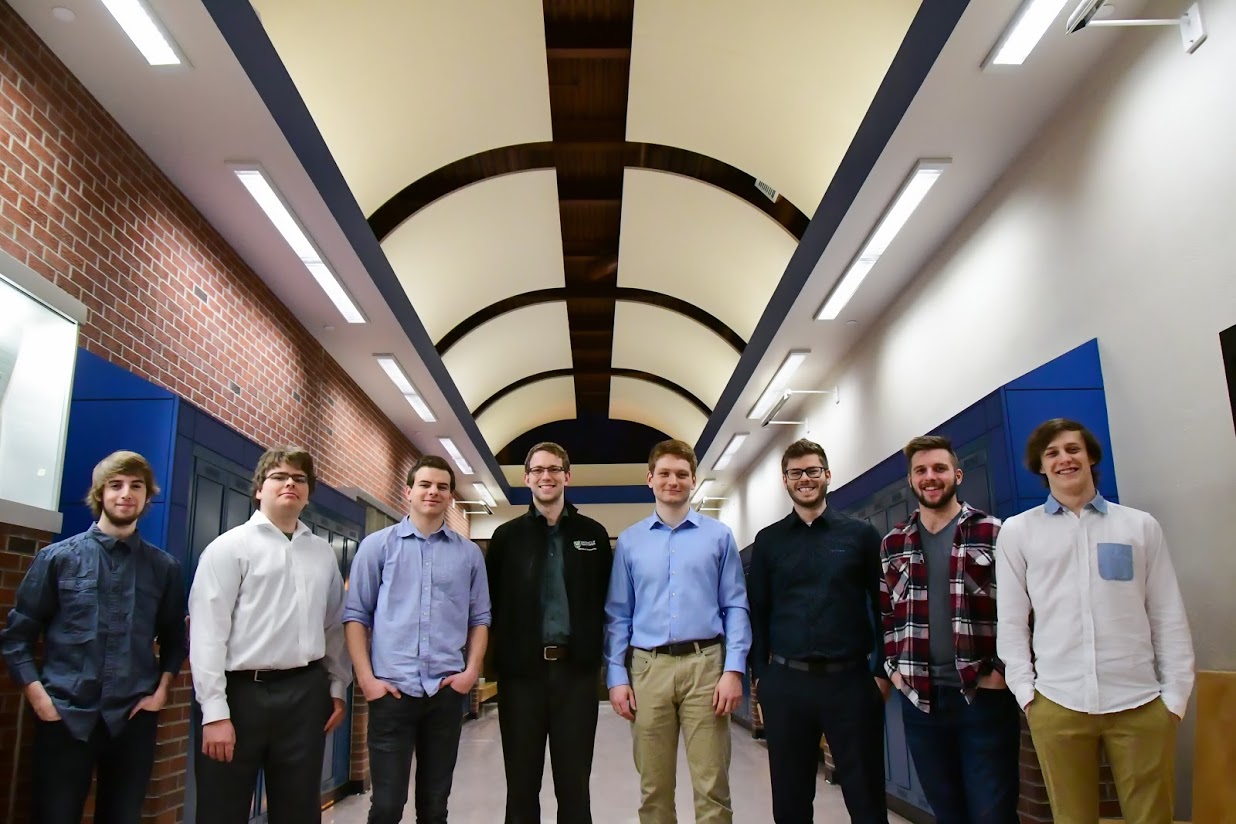
UPDATE: USST’s STARFOX Team Finalists in Studying Dynamics of Mineral Screening in Space
USST's project STARFOX moves to the next phase of the Canadian Reduced Gravity Experiment Design Challenge (CAN-RGX) with the final Critical Design Review on April 18.
On July 31 to August 4, team members will test the final design in real conditions aboard the Falcon-20 in Ottawa, as well as present papers outlining project briefings and findings at the 2017 CIM Planetary and Terrestrial Mining Sciences Symposium in Montreal, and are awaiting news on Abstracts for the 2017 International Astronautical Congress in Adelaide, Australia.
The selection criteria was the "most impressive achievment by an engineering design group". USST President Austin Shirley says of the project, "The students behind it are working extremely hard and have made an impressive level of progress in only a few months. This project really underlines what USST is all about: to pivot quickly to new areas of innovation and bring people together with the resources they need for success. Projects like this are what build leaders and inspire long-term success of the team."
--------------------------------------------
The University of Saskatchewan Space Team (USST) is one of four Canadian universities to be selected as finalists for the Students for the Exploration and Development of Space (SEDS Canada) latest initiative, the Canadian Reduced Gravity Experiment Design Challenge (CAN-RGX).
Project STARFOX’s (Spinning Terrestrial Analog Regolith Filtering Operation eXperiment) proposal aims to better understand the dynamics of mineral screening in a microgravity environment, through altering existing terrestrial techniques of mineral screening and separations.
The project offers students a unique opportunity to get involved in the development of a scientific experiment and test it in a weightless environment, similar to that experienced by astronauts in orbit.
Two mission specialists from the Project STARFOX team will have the opportunity to test a small scientific payload onboard the National Research Council of Canada’s (NRC) Falcon 20 research aircraft. They will conduct low gravity experiments to study the dynamics of mineral screening and separation in a microgravity environment.
“This team is so excited about the news that our proposal has been approved,” said Adam Lozinsky, second-year engineering physics student, and Project Lead, Project STARFOX, USST. “The experiment is ambitious but approachable; it is the right combination of achievable and interesting."
The team must now complete the Preliminary Design Review scheduled for late February. “We will present to a panel of judges including experts in microgravity flight sciences from CAN-RGX’s collaborating agencies,” said Lozinsky.
After finalizing their design, the team will have six weeks to build their experiment in order to submit the next milestone, the Critical Design Review. “The remainder of this project is structured like a space mission with a number of design reviews and consultation milestones we need to meet,” said Lozinsky. “We need to pass all of the milestones to do the final flight but the goal of CAN-RGX is to help us meet those requirements, not exclude people based on them.”
“Congratulations to the USST Project STARFOX Team on behalf of the College of Engineering,” said Bruce Sparling, Associate Dean Academic, College of Engineering. “This is an incredible opportunity for the students to enhance their skills and realize their future potential in the space sector. We are very proud of you.”
For more information, visit usst.ca.
Phtoto by Danno Peters. From left to right Jordan Himmelsbach, J. Matthew Gjevre, Skylar Koroluk, David Forseille, Aaron Peters, Adam Lozinsky, Carson Daly, and Liam Gray.

